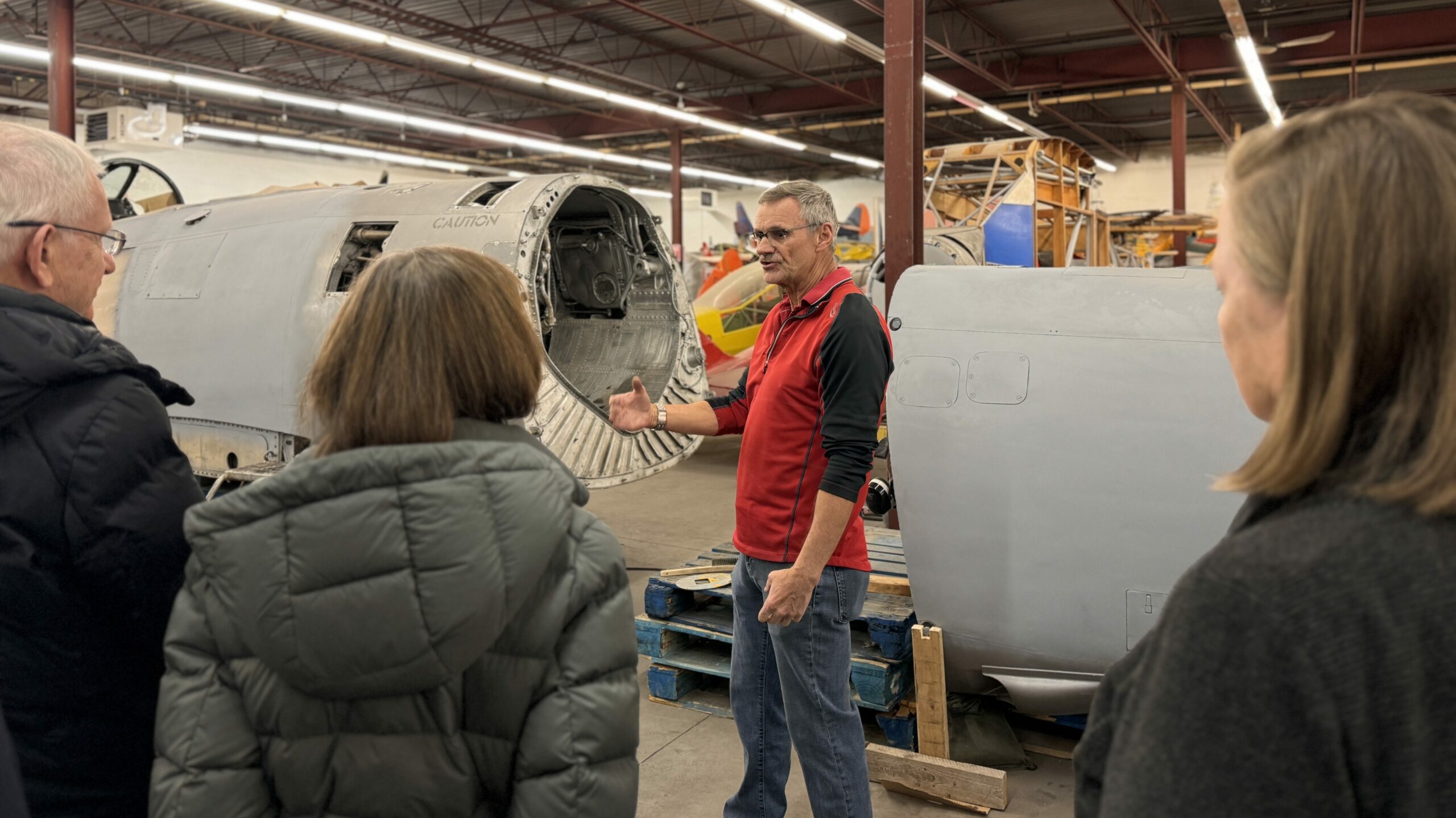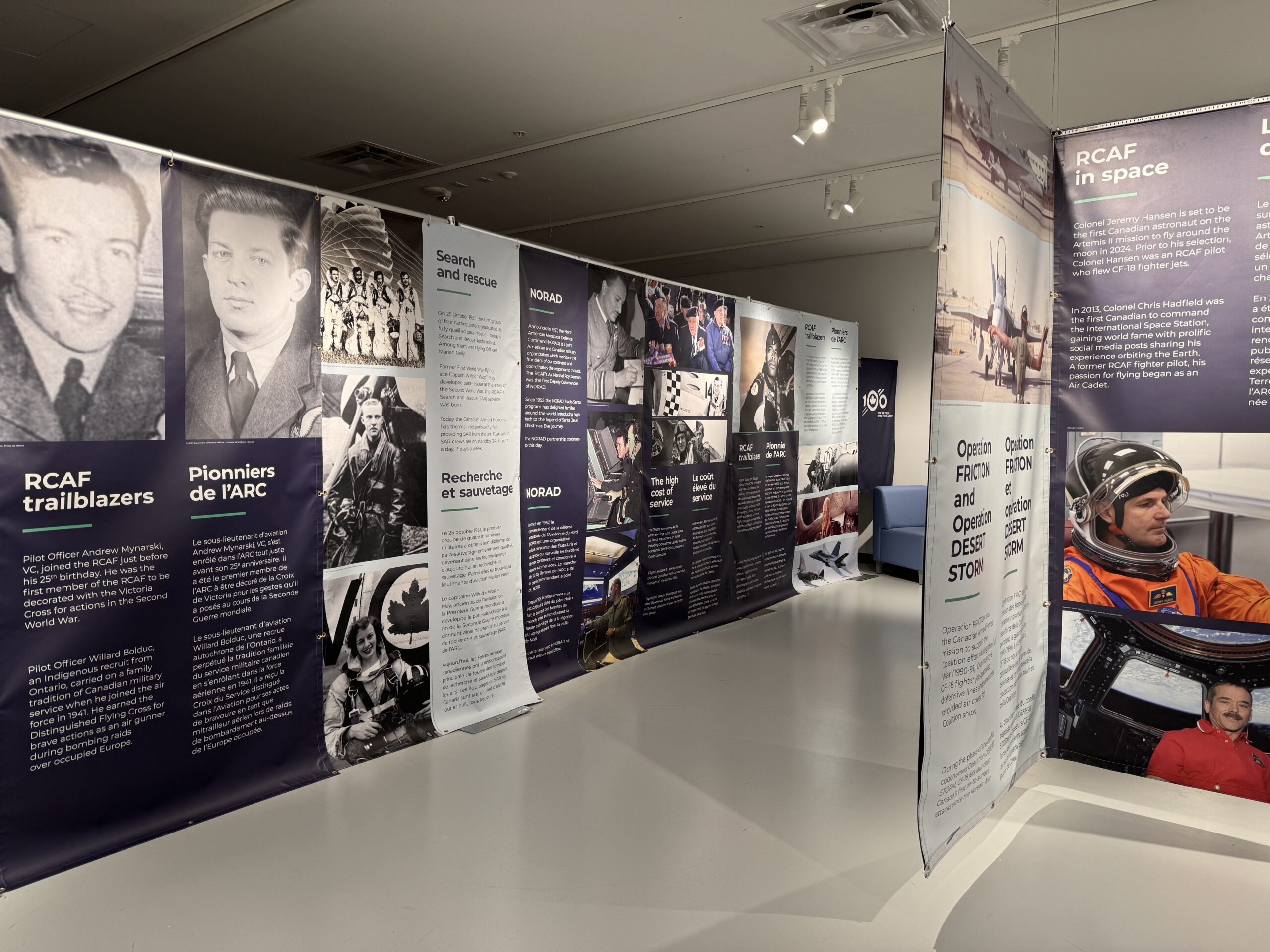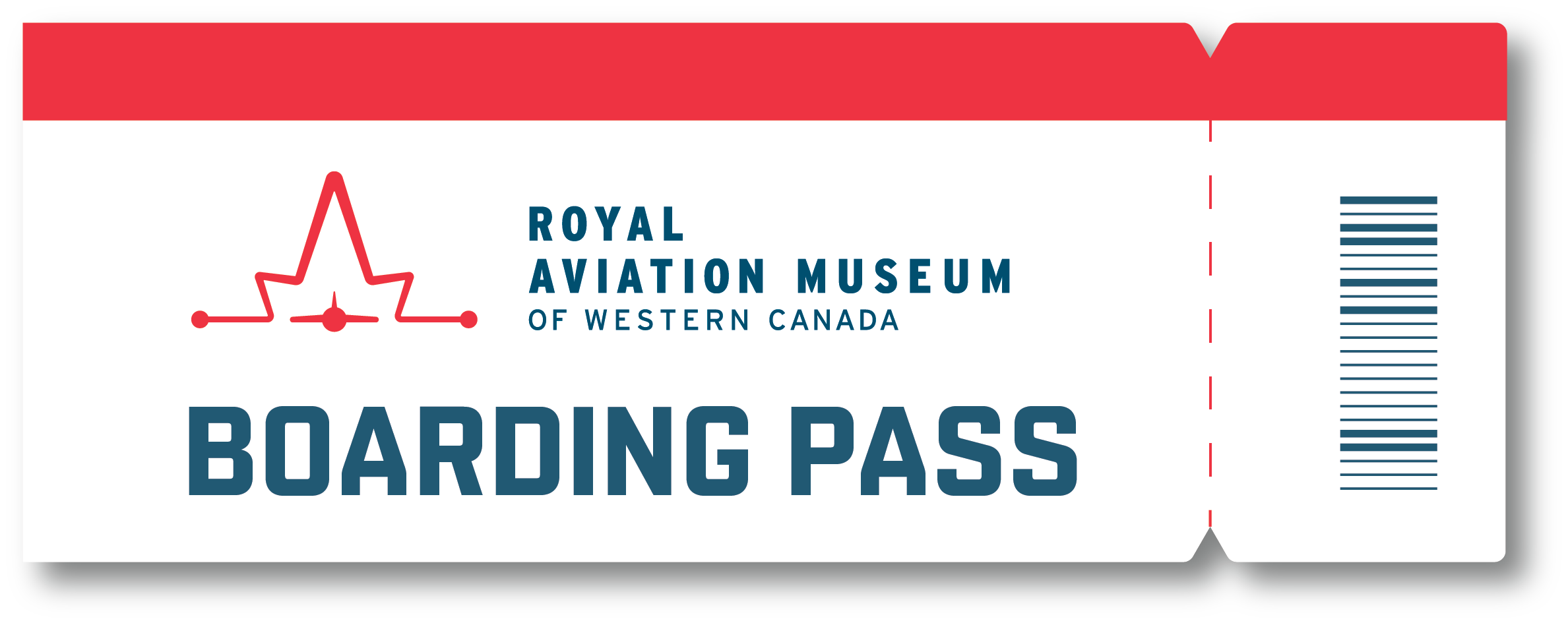September 30, 2022
In the 1920s, bush pilots began flying into northern Canada in search of natural resources like lumber and minerals. The arrival of aviation in the North would have long-lasting impacts—both good and bad—on the Indigenous peoples of the region.
The advent of aviation allowed for delivery of groceries, mail, and life-saving medications to northern communities. But it also played a part in the ongoing trauma imparted by the residential school system.
As outlined in our Northern Connections exhibit, between 1880 and 1996, more than 150,000 First Nations, Métis, and Inuit children were taken from their families and transported to residential schools. These schools, funded by the Canadian government, were designed to strip Indigenous children of their culture.
When we set out to develop exhibits for our new museum, we knew we wanted to address some of these uncomfortable truths and pay tribute to the people who were impacted. We made a commitment to honour the Calls to Action within the Truth and Reconciliation Report, specifically, Calls to Action 62 and 67, relating to age-appropriate education programming on residential schools and practices related to our archives. To that end, we enlisted Niigaan Sinclair to join our team as Indigenous Curator.
Niigaan is an accomplished writer and educator, and professor of Indigenous studies at the University of Manitoba. With his guidance, along with consultations with Indigenous elders, we were able to incorporate many Indigenous stories into our museum’s content, scattered throughout our exhibits. It was essential that our exhibits incorporate Indigenous perspectives.
One such story, highlighted in our Brandon Avenue exhibit, is that of a heroic rescue by members of the Pikangikum Ojibwe First Nation.
The story goes that on July 31, 1922, Felixstowe F.3, G-CYZBT, struck a submerged rock while landing, tearing open the plane’s wooden hull. The pilot managed to beach the aircraft before the tail flooded and sank. Residents from Pikangikum rescued the crew and took them on a treacherous six-day journey by canoe, covering 200 kilometres, to Berens River to gather supplies for the plane’s repair.
We have historic photographs of the people involved in this story but until recently, the heroic rescuers in these photos were unnamed. Earlier this year, we were able to identify several individuals in these photos.
With more than 70,000 artefacts in our collection, including 40,000 archival photos, there are many more instances of this. Working to replace all instances of “Unknown Indigenous man/woman” in our photographs with these individuals’ proper names is another project we’re undertaking in our efforts to advance reconciliation and build relationships.
September 30 is National Day for Truth and Reconciliation Day, in honour of residential school children, their families, and communities. It’s a day dedicated to healing, a day to reflect and commemorate.
RAMWC will be offering a self-guided tour of the Indigenous stories featured in our museum. Visitors who are interested in honing in on this content can pick up a guide at the front desk upon arrival. As a reminder, admission is always FREE for Indigenous visitors, a small step we’re taking towards economic reconciliation.
The journey toward reconciliation is not an easy one, nor will it happen quickly. If we can all commit to taking small steps forward, we will make a difference. Education is one of the first steps toward this. As the Honourable Murray Sinclair said, “Education is what got us into this mess, and education will get us out.”
If you’re interested in learning more about Indigenous relations, check out the Indigenous Relations Academy. They offer a variety of courses ranging from introductory to advanced and have both self-guided and live options.
The National Centre for Truth and Reconciliation at the University of Manitoba also offers a wealth of information and education resources.
The Royal Aviation Museum of Western Canada seeks to honour and commemorate the history of Indigenous Peoples and aviation in Western Canada while engaging with the complex history of travel, trade, and relationships in this place. We are committed to facilitating a safe space for reconciliation to occur.
The new home of the Royal Aviation Museum of Western Canada is located on Treaty 1 territory, the traditional territory of Anishinaabeg, Cree, Oji-Cree, Dakota, Lakota, and Dene Peoples, and the homeland of the Métis Nation.
We respect the Treaties that were made on these territories, we acknowledge the harms and mistakes of the past, and we dedicate ourselves to move forward in partnership with Indigenous communities in a spirit of reconciliation and collaboration.



